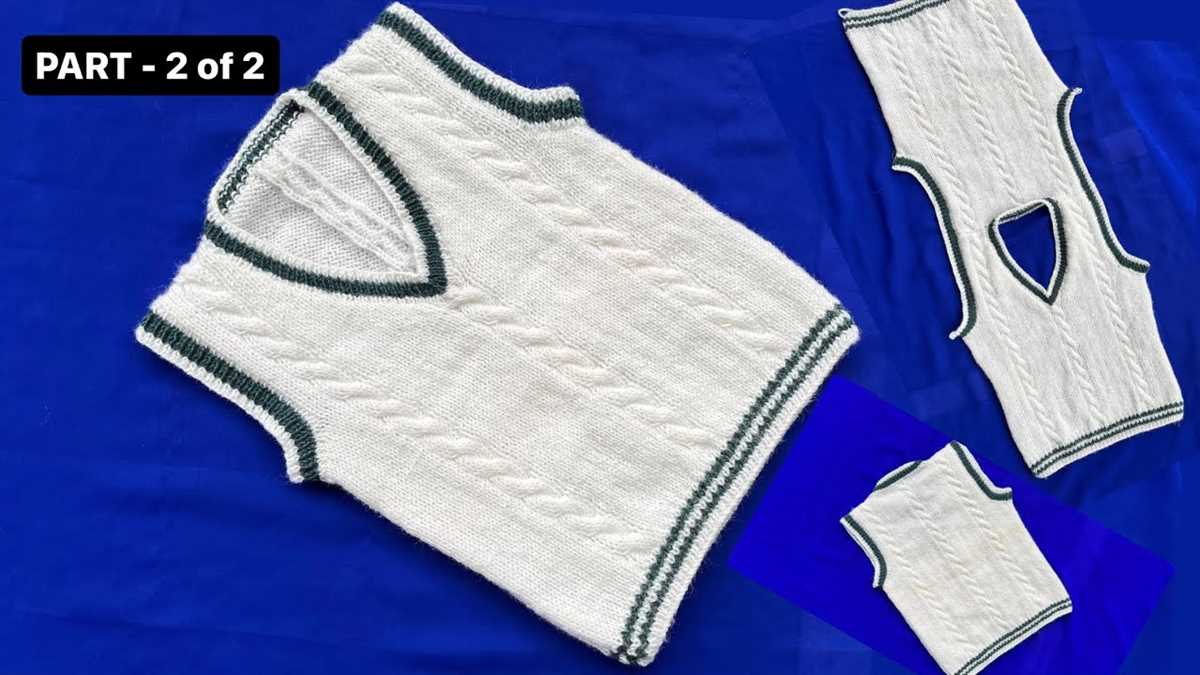
Knitting, as a craft, has gained tremendous popularity in recent years. People of all ages have discovered the joy of creating unique, handmade items using the ancient technique of interlocking yarn loops. With the rise of the handmade market and a growing interest in sustainable and ethical practices, many individuals have turned their passion for knitting into a viable business.
One of the keys to success for anyone looking to sell knitted goods is having access to high-quality knitting patterns. Knitting patterns are the instructions that guide knitters through the process of creating a specific item, such as a scarf, sweater, or hat. While there are countless free knitting patterns available online, many crafters are looking for patterns that can be used for commercial purposes.
Commercial use knitting patterns give knitters the right to sell the items they create using the pattern. This is an essential consideration for anyone looking to turn their hobby into a profitable business. Having the ability to sell items provides knitters with an opportunity to not only cover the costs of their supplies but also generate additional income. Knitting patterns for commercial use can be found in a variety of styles and difficulty levels, allowing knitters to create a wide range of products to suit different market demands.
Why choose knitting patterns for commercial use?
If you are a knitting enthusiast looking to start a business or expand your current knitting business, using knitting patterns for commercial use can be a great option. There are several reasons why choosing knitting patterns for commercial use can be beneficial.
1. Unique and customized designs: Commercial knitting patterns allow you to create unique and customized designs that stand out in the market. You can experiment with different stitches, colors, and techniques to create patterns that appeal to your target audience. This uniqueness can help you attract customers and set your business apart from competitors.
2. Profitable business opportunity: Knitting patterns for commercial use can open up profitable business opportunities. By selling your patterns, you can generate a steady income stream without the need for physical inventory. This can be particularly advantageous for individuals who prefer to work from home or have limited space for storing products.
3. Target specific niches: With commercial knitting patterns, you have the flexibility to target specific niches within the knitting market. Whether it’s baby clothes, accessories, or garments for specific seasons, you can tailor your patterns to cater to the needs and preferences of different customer segments. This targeted approach can help you attract a loyal customer base and increase your sales.
4. Scalability and growth potential: Using knitting patterns for commercial use allows you to scale your business and tap into the growing demand for handmade and unique products. As your business grows, you can expand your pattern collection, offer different knitting kits, or even collaborate with other knitting designers. This scalability and growth potential can lead to long-term success and sustainability.
In conclusion, choosing knitting patterns for commercial use offers unique design opportunities, profitability, niche targeting, and scalability. It provides a platform for knitting enthusiasts to turn their passion into a profitable business venture. Whether you are just starting or already running a knitting business, exploring commercial patterns can be a game-changer for your success.
Factors to Consider Before Using Knitting Patterns for Commercial Purposes
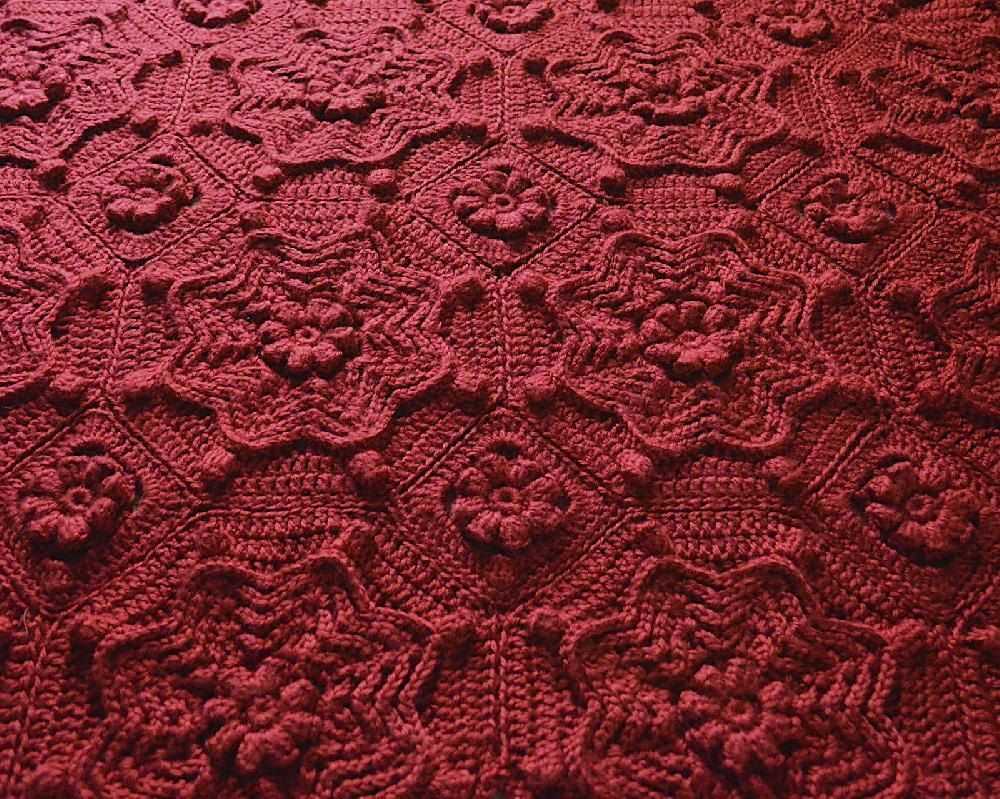
Knitting patterns can be a valuable resource for those looking to create products for commercial use. However, before using these patterns, it is important to consider several factors to ensure that the end result meets legal and ethical standards.
1. Copyright and Licensing: One of the most important factors to consider is whether the knitting pattern is copyrighted and if it requires a license for commercial use. It is crucial to respect the intellectual property of the pattern designer and obtain the necessary permissions to avoid any legal issues.
2. Originality and Uniqueness: When using a knitting pattern for commercial purposes, it is essential to ensure that the resulting product is unique and original. Creating products that are too similar to existing designs can lead to accusations of intellectual property infringement and impact the reputation of the business.
3. Quality of the Pattern: Before using a knitting pattern commercially, it is important to assess the quality and accuracy of the instructions. A poorly written or unclear pattern can lead to mistakes during the knitting process, resulting in subpar products. It is essential to choose patterns that are well-written and have been tested by experienced knitters.
4. Target Market and Demand: Before investing time and resources into creating products from knitting patterns, it is crucial to consider the target market and demand for the products. Conducting market research can help determine if there is a demand for knitted goods and if the chosen pattern aligns with current trends and preferences.
5. Profitability and Pricing: Assessing the profitability and pricing of the final products is another important factor. Consider the cost of materials, time required for knitting, and pricing strategies that will ensure a reasonable profit margin. It is important to strike a balance between pricing and market demand to ensure the success of the commercial venture.
In conclusion, using knitting patterns for commercial purposes can be a rewarding endeavor. However, it is crucial to consider factors such as copyright, originality, pattern quality, target market demand, and profitability before embarking on a commercial knitting project. By taking these factors into account, knitters can create unique and marketable products while respecting the rights of pattern designers and ensuring commercial success.
Where to find knitting patterns for commercial use?
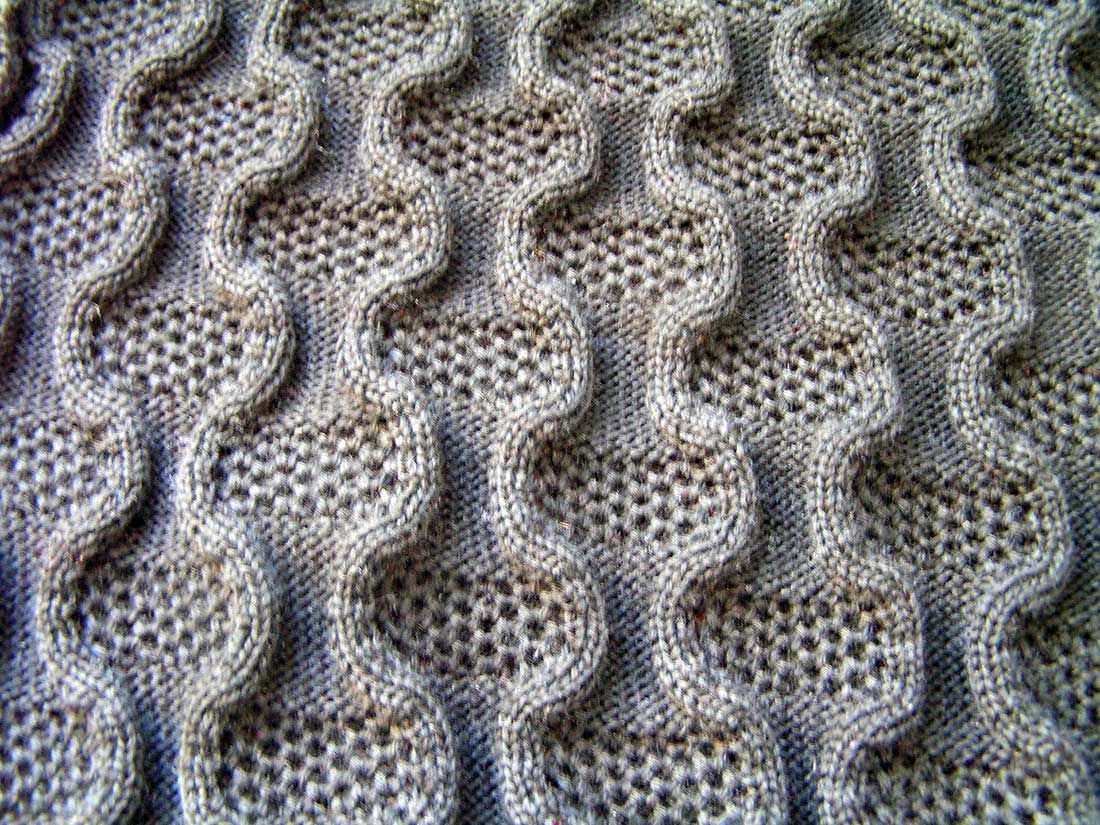
When it comes to finding knitting patterns for commercial use, there are a few key sources that can help you get started. Whether you’re looking to create and sell your own knitted products or you’re a business in need of patterns for your products, these resources can provide you with a variety of options.
1. Online knitting pattern marketplaces: There are several online platforms dedicated to selling knitting patterns, such as Ravelry, Etsy, and LoveCrafts. These marketplaces offer a wide range of patterns created by independent designers, many of which are available for commercial use. You can browse through the collections, select the patterns that suit your needs, and purchase them directly from the designers.
2. Knitting pattern books: Another great source for commercial-use knitting patterns is pattern books. Many established knitting designers publish books that feature their original patterns, which can be used for commercial purposes. These books often cover a variety of knitting techniques and styles, allowing you to find patterns that align with your target audience and aesthetic preferences.
3. Collaboration with knitting designers: If you have a specific vision or concept in mind for your commercial knitting project, you can collaborate with knitting designers directly. Reach out to designers whose work you admire and discuss your commercial use needs. Many designers are open to custom commissions or licensing agreements that allow you to use their patterns for commercial purposes.
Remember, when using knitting patterns for commercial use, it’s crucial to respect copyright law and ensure that you have the necessary permissions or licenses to use the patterns. Always credit the original designer and follow any usage guidelines outlined by the designer or marketplace you obtained the pattern from. By doing so, you can create your own knitted products with confidence and contribute to the vibrant world of commercial knitting.
Exploring different types of knitting patterns for commercial use
When it comes to knitting patterns for commercial use, there are numerous options to explore. Each type of pattern offers its unique aesthetic and style, making it important for commercial knitters to have a diverse range of options to cater to different customer preferences.
One popular type of knitting pattern for commercial use is the Fair Isle pattern. This type of pattern originates from the Fair Isle in Scotland and is known for its intricate colorwork. Fair Isle patterns typically feature small repeating motifs and multiple colors, creating a visually stunning effect. These patterns are often used for sweaters, hats, and scarves, and can be a great option for customers looking for bold and vibrant designs.
Intarsia patterns
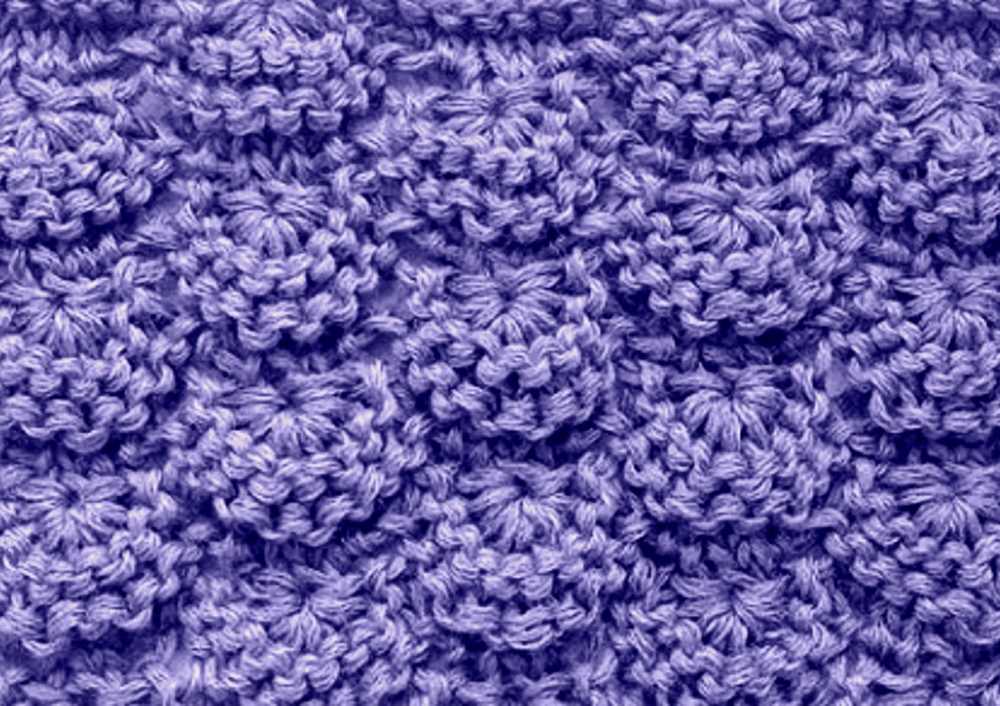
Intarsia is another type of knitting pattern commonly used for commercial purposes. Unlike Fair Isle patterns, which involve carrying multiple colors of yarn across rows, Intarsia patterns use separate strands of yarn to create distinct color blocks or motifs. This technique allows for more freedom in design and can produce detailed images or patterns. Intarsia patterns are often used for blankets, tapestries, or large-scale projects where intricate designs are desired.
Lace patterns
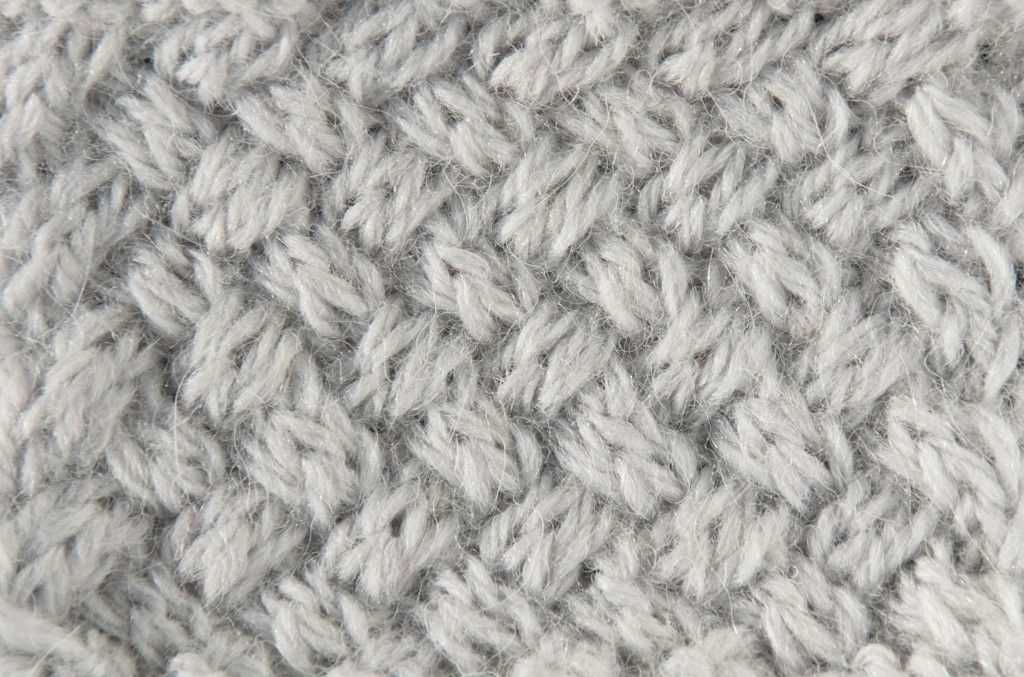
Lace knitting patterns are also popular choices for commercial knitters. These patterns involve creating delicate, openwork designs using a combination of decreases, yarn overs, and other techniques. Lace patterns are often used for shawls, wraps, and lightweight garments, as they create a beautiful drape and airy texture. They can range from simple and repetitive to complex and intricate, making them suitable for a wide range of customer preferences.
Ultimately, exploring different types of knitting patterns for commercial use allows knitters to offer a diverse range of products to their customers. Whether it’s the bold colorwork of Fair Isle patterns, the detailed imagery of Intarsia, or the delicate beauty of lace patterns, each type of pattern brings its unique charm and appeal. By incorporating different patterns into their product offerings, commercial knitters can cater to a wider customer base and provide options for every style and taste.
How to Modify Knitting Patterns for Commercial Purposes?
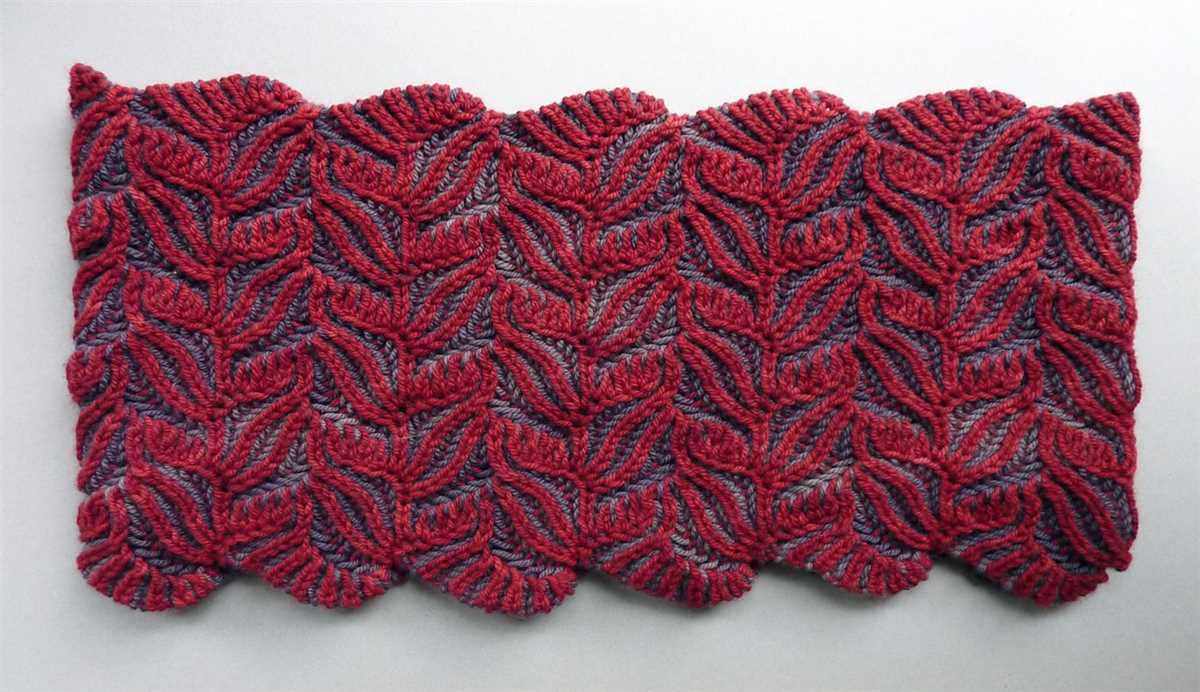
If you are looking to sell knitted items made from patterns that you have found or purchased, it’s essential to understand how to modify these patterns to make them suitable for commercial use. By making a few adjustments, you can ensure that your products are unique, legally compliant, and stand out in the market.
1. Add Your Personal Touch: To make your knitted items more distinctive and appealing to customers, consider adding your personal touch to the patterns you use. This can be done by incorporating unique stitch patterns, color combinations, or even adding embellishments like buttons or beads. By making these modifications, you can create one-of-a-kind pieces that customers will be more likely to purchase.
2. Adjust Sizing: It’s crucial to offer a range of sizes when selling knitted items commercially. Take the time to modify the patterns to include different measurements, ensuring that you cater to a wider customer base. This may involve altering stitch counts, adding or subtracting rows, or adjusting the overall shape of the garment. Providing a variety of sizes will make your products more marketable and inclusive.
3. Consider Copyright and Licensing: When using knitting patterns for commercial purposes, it’s essential to respect copyright laws and licensing agreements. Ensure that the patterns you use allow for commercial use, and if necessary, obtain the appropriate permissions or licenses from the original designer. This will protect you from legal issues and ensure that you are operating within the boundaries of the law.
- Make sure the knitting patterns you use are explicitly labeled for commercial use or have a license that permits it.
- If you are unsure about the copyright status of a pattern, reach out to the original designer to clarify any restrictions.
4. Test the Pattern: Before offering your knitted items for sale, it’s vital to test the pattern to ensure its functionality and accuracy. Follow the pattern and make any necessary adjustments or corrections to guarantee that the final product matches the intended design. This will help maintain the quality and reputation of your business.
Overall, modifying knitting patterns for commercial purposes requires attention to detail and creativity. By adding your personal touch, adjusting sizing, respecting copyright laws, and thoroughly testing the patterns, you can create unique and marketable products that customers will love. Take the time to perfect your designs and deliver high-quality knitted items that will set your business apart.
Tips and Tricks for Successful Commercial Use of Knitting Patterns
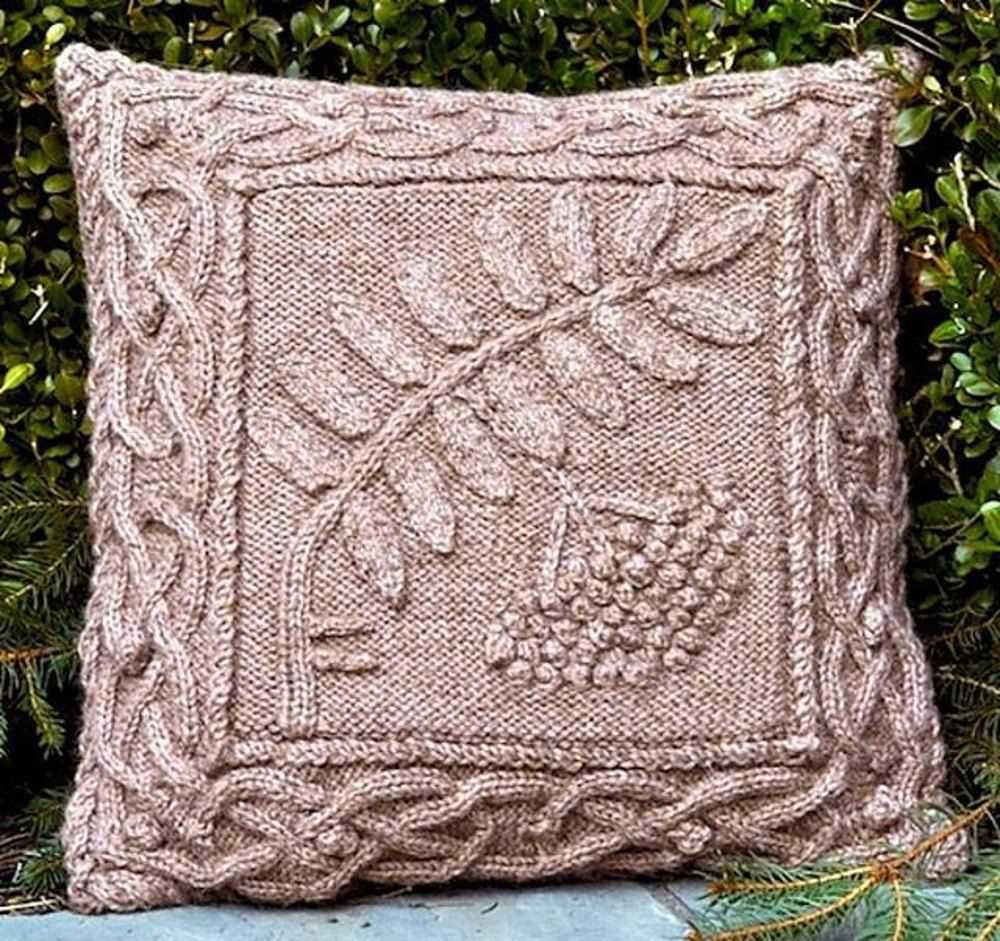
Are you a knitting pattern designer looking to monetize your designs? Here are some tips and tricks to help you successfully sell your knitting patterns for commercial use.
1. Create Unique and Original Designs
One of the key factors in successfully selling knitting patterns for commercial use is to create unique and original designs. This will help set your patterns apart from the competition and attract interested buyers. Take the time to research current trends and styles in knitting, and put your own creative twist on your designs.
2. Test and Refine Your Patterns
Before selling your knitting patterns, it is essential to thoroughly test and refine them. Make sure your patterns are easy to follow, with clear instructions and properly formatted charts. Consider having others test your patterns and provide feedback to ensure they are user-friendly and error-free. High-quality patterns will help build trust with your customers and increase the chances of repeat purchases.
3. Provide Professional and Appealing Product Photos
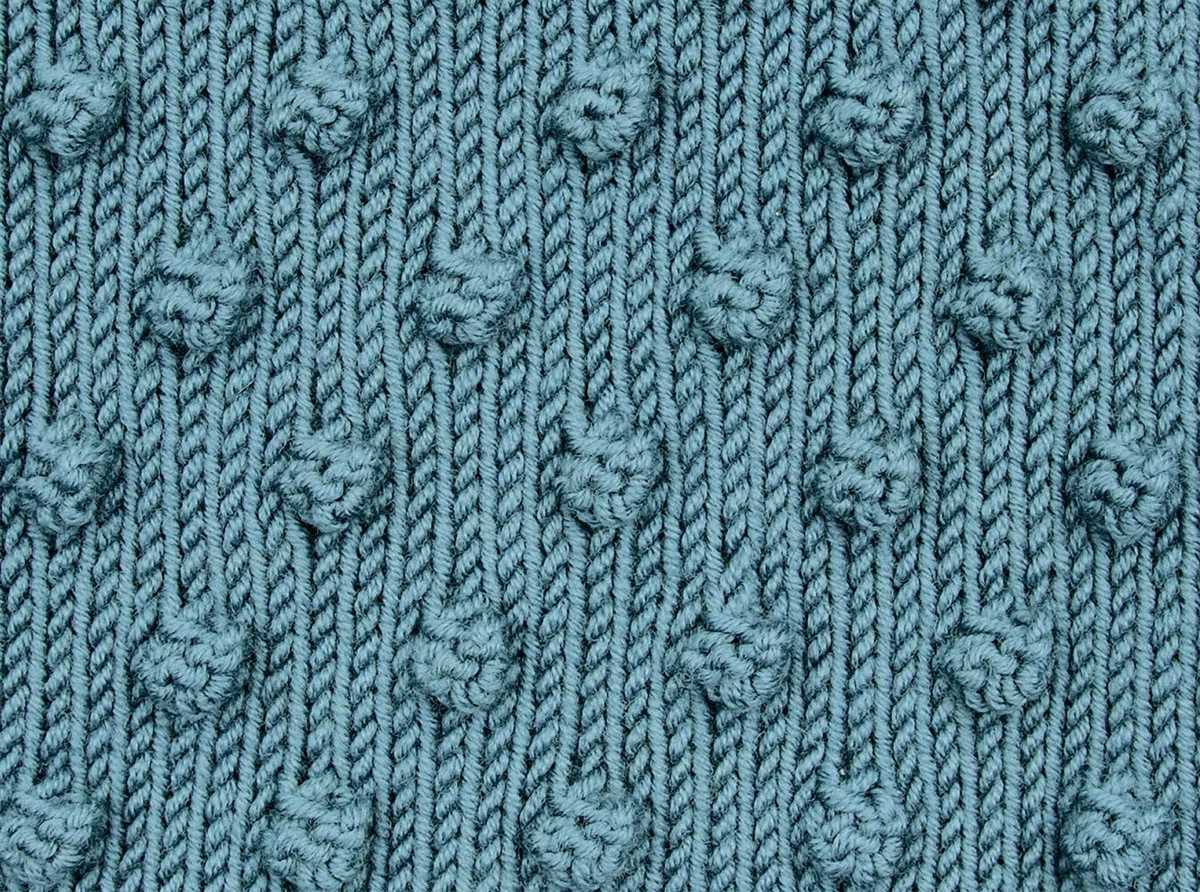
When selling knitting patterns for commercial use, it is important to have professional and appealing product photos. Invest in good lighting and staging to showcase your designs in the best possible way. Consider including multiple photos showing different angles or close-up details of the finished project. High-quality product photos will attract potential customers and increase the perceived value of your patterns.
4. Market Your Patterns Effectively
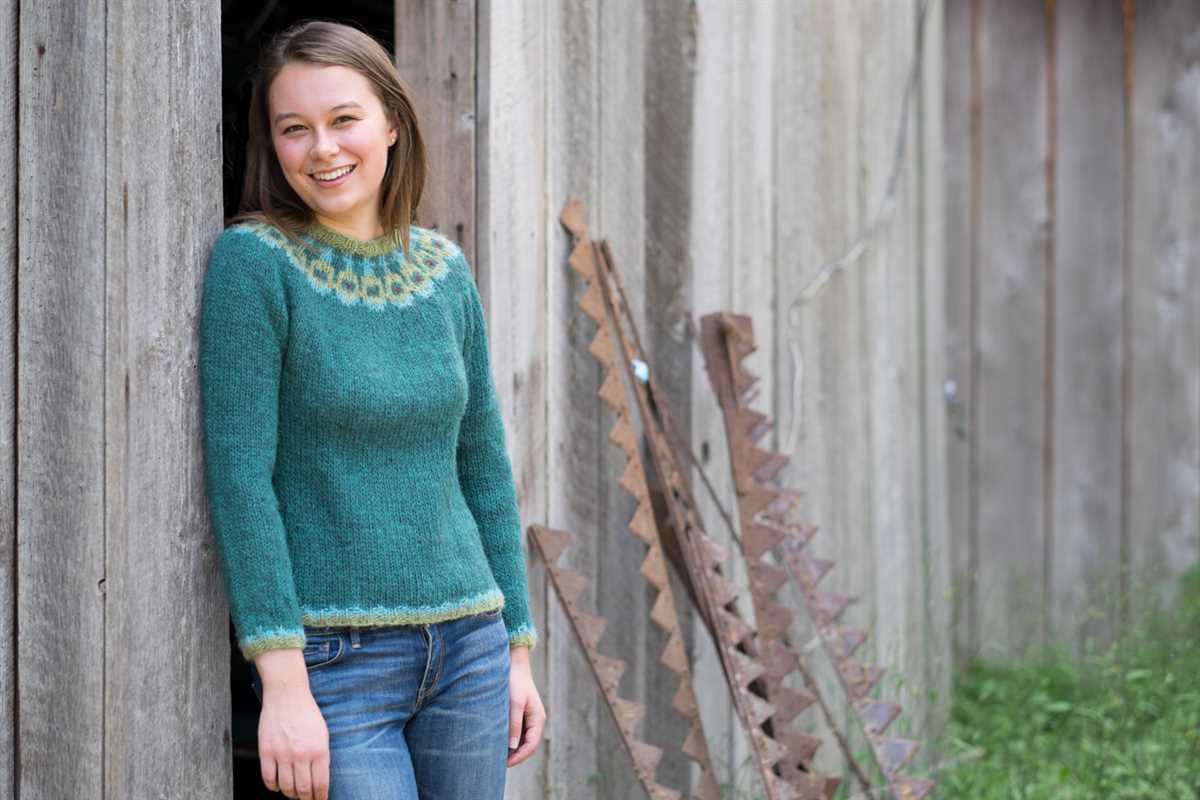
Marketing plays a crucial role in successfully selling your knitting patterns. Utilize social media platforms, such as Instagram and Pinterest, to showcase your designs and engage with your target audience. Collaborate with other knitting influencers or bloggers to reach a wider audience. Additionally, consider offering discounts or promotions to attract new customers and encourage repeat purchases.
- Invest in good lighting and staging to showcase your designs
- Consider including multiple photos showing different angles or close-up details of the finished project
- Utilize social media platforms, such as Instagram and Pinterest, to showcase your designs and engage with your target audience
- Collaborate with other knitting influencers or bloggers to reach a wider audience
- Consider offering discounts or promotions to attract new customers and encourage repeat purchases
5. Stay Up-to-Date with Copyright Laws
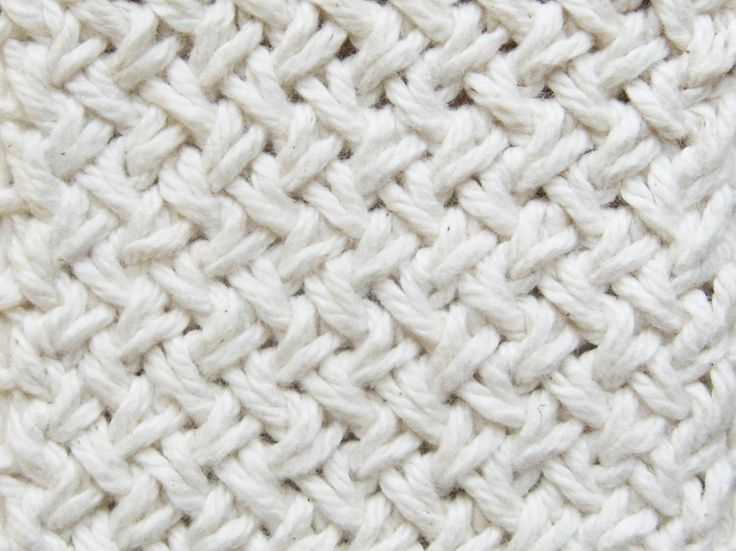
Lastly, it is essential to stay up-to-date with copyright laws when selling knitting patterns for commercial use. Make sure you have the necessary legal rights to sell your designs, and consider seeking legal advice if needed. Respect the intellectual property rights of others and do not copy or use copyrighted material without permission.
By following these tips and tricks, you can increase your chances of successfully selling knitting patterns for commercial use. Remember to stay creative, professional, and knowledgeable about the market to attract and retain customers.
Legal considerations when using knitting patterns for commercial purposes
When using knitting patterns for commercial purposes, it is important to consider the legal implications involved. While there are opportunities to profit from selling handmade knitted items using patterns created by others, there are certain legal considerations that need to be taken into account to ensure compliance with copyright laws and intellectual property rights.
Copyright: One of the key legal aspects to consider is copyright. Knitting patterns, like any other creative work, are protected by copyright laws. This means that the creator of a knitting pattern has exclusive rights to reproduce, distribute, and publicly display their pattern. To use a knitting pattern for commercial purposes, it is essential to obtain the necessary permissions or licenses from the copyright holder to avoid copyright infringement.
Licensing: In some cases, knitting pattern designers may offer licenses that allow individuals or businesses to use their patterns for commercial use. These licenses specify the terms and conditions under which the pattern can be used, such as the number of items that can be sold, the attribution required, and any restrictions on modifications or adaptations. It is important to thoroughly read and comply with the terms of the license to ensure legal and ethical use of the pattern for commercial purposes.
Modifications: When using a knitting pattern for commercial use, it is crucial to understand the limitations and permissions regarding modifications. Some patterns may prohibit modifications, while others may allow limited changes or adaptations. Always check for any specific instructions or restrictions in the pattern and follow them accordingly. Making unauthorized modifications to a knitting pattern can potentially infringe on the original designer’s intellectual property rights.
Intellectual Property: It is important to respect the intellectual property rights of knitting pattern designers. This includes not only copyright, but also other forms of intellectual property such as trademarks. Avoid using logos or brand names without permission, as this could lead to legal issues. Furthermore, it is crucial to give proper credit to the original pattern designer when selling items made from their patterns. This can be done through clear attribution or by obtaining a license that specifies the required attribution.
In conclusion, using knitting patterns for commercial purposes requires careful attention to legal considerations. By respecting copyright, obtaining appropriate licenses, following modification restrictions, and giving credit to the original designer, individuals and businesses can ensure lawful and ethical use of knitting patterns for commercial gain.
Understanding copyright laws and licensing for knitting patterns
When it comes to using knitting patterns for commercial purposes, it is important to have a clear understanding of copyright laws and the licensing agreements that may apply. Copyright is a legal protection granted to the original creators of creative works, including knitting patterns. This means that you cannot copy or distribute someone else’s knitting pattern without permission.
In order to use knitting patterns for commercial purposes, you may need to obtain a license from the copyright holder. Licenses can vary in terms of their scope and restrictions, so it is crucial to carefully review the terms of any licensing agreement. Some licenses may grant you the right to sell products made from a particular knitting pattern, while others may restrict the use to personal, non-commercial purposes only.
It is important to note that not all knitting patterns are protected by copyright. In general, basic knitting instructions or simple stitch patterns cannot be copyrighted. However, if a knitting pattern includes creative elements such as unique designs, motifs, or instructions, it may be eligible for copyright protection.
It is always best to err on the side of caution and assume that a knitting pattern is copyrighted unless stated otherwise. This means that you should not reproduce, distribute, or sell copies of a knitting pattern without permission from the copyright holder. If you wish to use a knitting pattern for commercial purposes, it is advisable to reach out to the copyright holder and inquire about obtaining a license or permission to do so.
Additionally, it is worth mentioning that licensing agreements for knitting patterns may also impose additional requirements or limitations. For example, some licenses may require you to provide attribution to the original pattern designer, while others may have restrictions on the number of products you can sell or the platforms on which you can sell them.
To ensure compliance with copyright laws and licensing agreements, it is always recommended to seek legal advice or consult a professional specializing in intellectual property law. By doing so, you can protect yourself from potential legal issues and ensure that you are using knitting patterns for commercial purposes in a lawful and ethical manner.
Protecting your intellectual property when sharing knitting patterns for commercial use
When sharing knitting patterns for commercial use, it is important to protect your intellectual property to prevent others from copying or using your designs without permission. Taking steps to safeguard your patterns can help to ensure that your hard work and creativity are properly recognized and credited.
1. Copyright your knitting patterns: One of the first steps in protecting your intellectual property is to copyright your knitting patterns. This legal protection gives you the exclusive rights to reproduce, distribute, and display your patterns. By registering your patterns with the appropriate authorities, you can establish a clear record of your ownership and have stronger legal grounds for taking action against infringement.
2. Use watermarks or logos: Adding a visible watermark or logo to your knitting patterns can help deter unauthorized use and make it easier to identify if someone is using your designs without permission. Ensure that the watermark or logo is prominently displayed on each page of the pattern so that it cannot be easily removed or altered.
3. Include a copyright notice: Clearly state that your knitting patterns are protected by copyright by including a copyright notice on each pattern you share. This notice should include the copyright symbol (©), the year of publication, and your name as the copyright holder. This simple notice can serve as a reminder to others that your patterns are protected and should not be used without permission.
4. Monitor and enforce your rights: Regularly monitor online platforms and marketplaces to ensure that your knitting patterns are not being copied or distributed without your authorization. If you discover unauthorized use, take appropriate legal actions to enforce your rights. This may include sending cease and desist letters, filing a lawsuit, or reporting the infringement to the platform or marketplace.
5. Consider licensing agreements: If you are open to allowing others to use your knitting patterns for commercial purposes, consider implementing licensing agreements. These agreements outline the terms and conditions for others to use your patterns while still protecting your intellectual property rights. By clearly defining how your patterns can be used and attributing credit to you as the original designer, you can maintain control over the use of your patterns while potentially generating income through licensing fees.
Marketing strategies for selling products made with knitting patterns
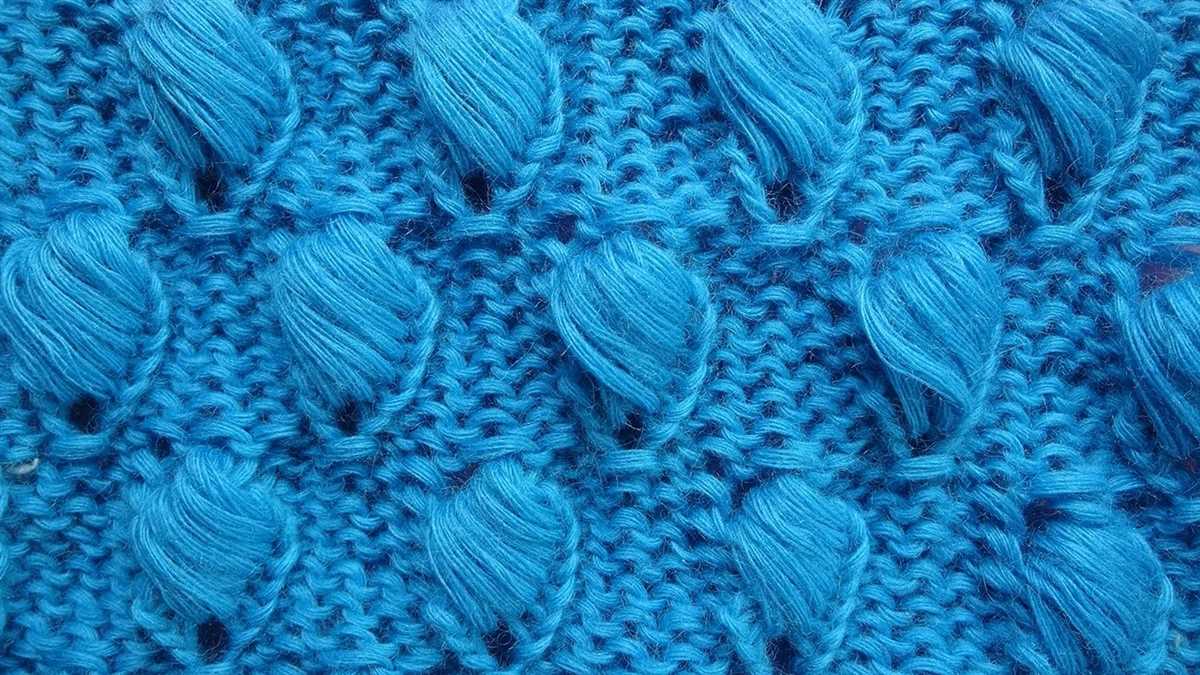
When it comes to selling products made with knitting patterns, having a strong marketing strategy in place is essential. Here are a few key strategies to consider:
1. Identify your target market: Before you start marketing your products, it’s important to identify your target market. Who are the people that are most likely to be interested in your knitted items? Are they young adults, parents, or elderly individuals? Understanding your target market will help you tailor your marketing efforts to reach and appeal to the right audience.
2. Showcase your unique selling points: With so many knitted products available in the market, it’s important to highlight what makes your items unique. Do you use high-quality materials, have intricate designs, or offer customization options? Make sure to showcase these unique selling points in your marketing materials, such as photos, product descriptions, and social media posts.
3. Utilize social media: Social media platforms are a powerful tool for promoting and selling products. Create eye-catching posts featuring your knitted items and share them on platforms like Instagram, Facebook, and Pinterest. Engage with your audience by responding to comments and messages promptly, and consider partnering with influencers or bloggers in the knitting community to reach a wider audience.
4. Establish an online presence: In addition to social media, it’s important to have a dedicated online presence for your products. Create a website or online store where customers can browse and purchase your knitted items. Make sure your website is visually appealing, mobile-friendly, and easy to navigate. Offer secure payment options and clear shipping and return policies to build trust with your customers.
5. Collaborate with other businesses: Consider partnering with local boutiques, gift shops, or online marketplaces to expand your reach and increase sales. Collaborate with these businesses to showcase your knitted items in their store or on their platform. This can help you tap into a new customer base and give your products more exposure.
By implementing these marketing strategies, you can effectively promote and sell products made with knitting patterns, reaching your target audience and maximizing your sales potential.
Building a Brand with Unique Knitting Patterns for Commercial Use
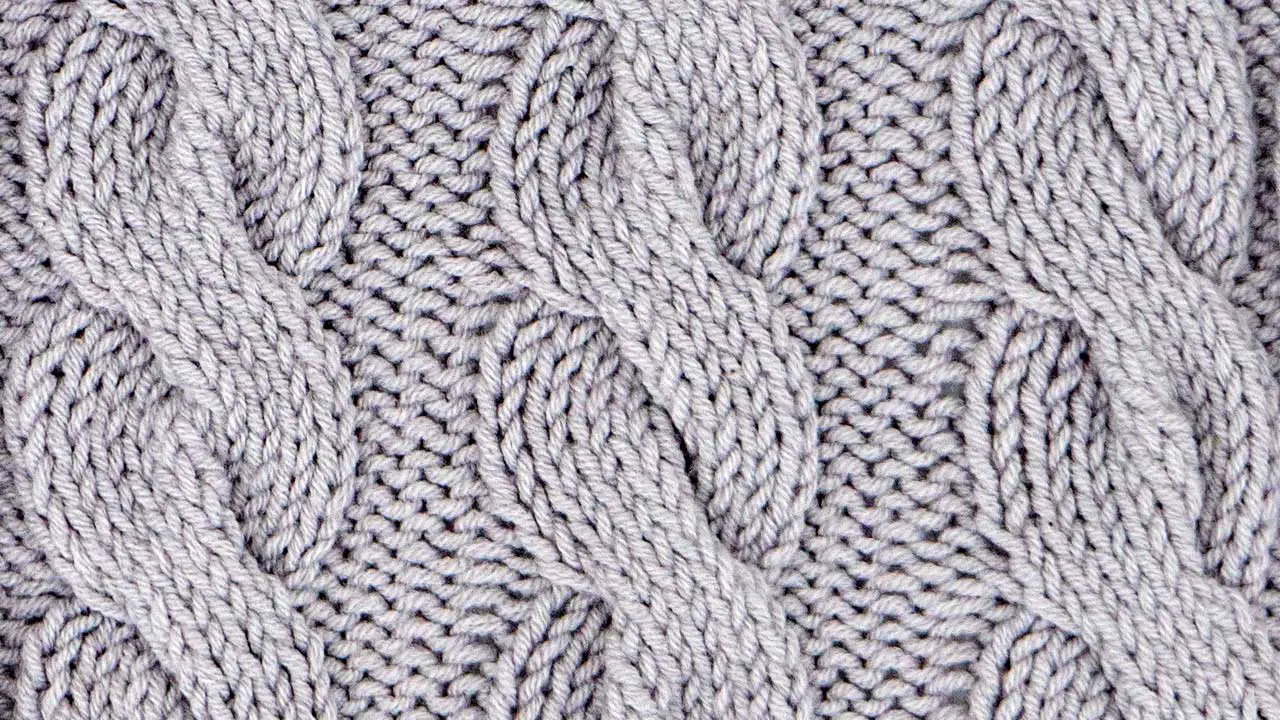
In the world of knitting, standing out from the crowd can be a challenge. With so many talented knitters and countless patterns available, it can be difficult to create a unique brand that sets you apart. However, by developing and selling unique knitting patterns for commercial use, you have an opportunity to build a brand that stands out and attracts customers.
Offering a range of unique patterns is essential for building a successful knitting brand. Whether it’s intricate lace designs, cozy cable knits, or modern colorwork, having a diverse portfolio of patterns will attract a wider audience. By catering to different skill levels and styles, you can appeal to both beginner and experienced knitters, providing something for everyone.
When developing knitting patterns for commercial use, it’s important to focus on quality. Providing clear and detailed instructions will ensure that knitters have a positive experience and are more likely to purchase your patterns again in the future. Additionally, offering support and addressing customer questions or concerns in a timely manner will help build trust and loyalty.
It’s also crucial to establish a strong visual brand identity. This involves designing visually appealing pattern covers and incorporating your brand logo or name into your marketing materials. Consistency in your visual branding will make it easier for customers to recognize your patterns and establish brand recognition.
To boost your brand’s visibility, consider collaborating with other knitters or influencers in the knitting community. By partnering with popular knitters or craft bloggers, you can expose your patterns to a larger audience and gain credibility within the community. Collaborations can take the form of guest blog posts, Instagram takeovers, or joint pattern releases.
Lastly, don’t forget to leverage social media to promote your knitting patterns and engage with your audience. Platforms like Instagram and Pinterest are ideal for showcasing your work, connecting with other knitters, and joining knitting communities. By regularly posting high-quality images of your patterns, sharing knitting tips, and offering behind-the-scenes glimpses into your design process, you can establish your brand as a trusted authority in the knitting world.
Success Stories of Businesses Using Knitting Patterns for Commercial Purposes
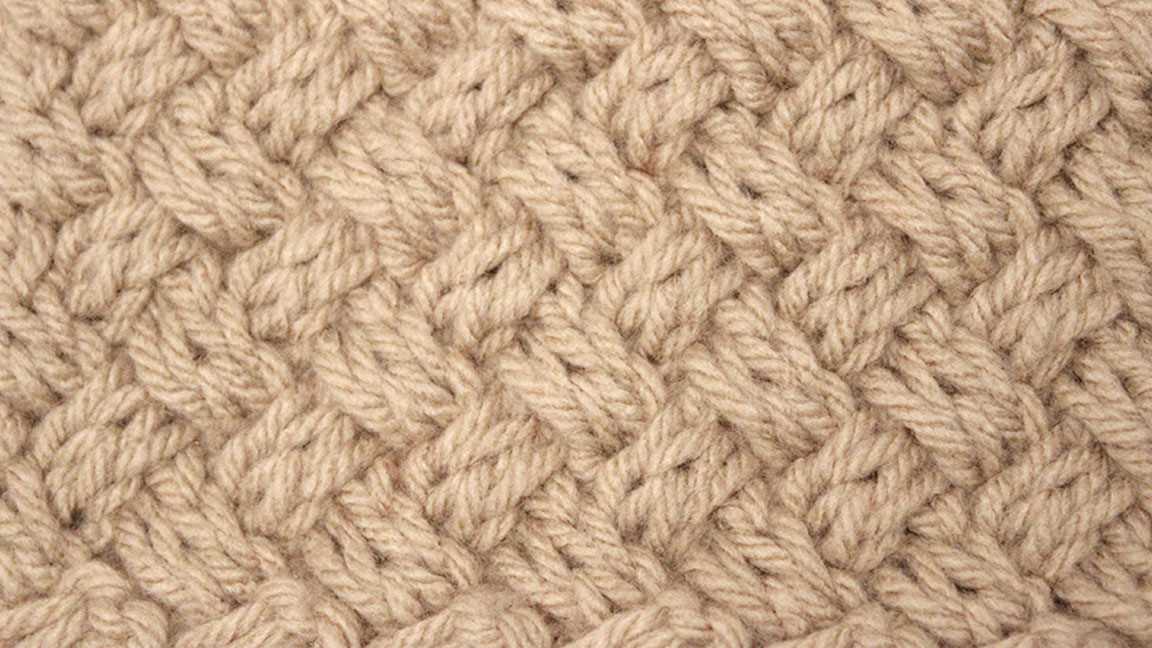
The use of knitting patterns for commercial purposes has proven to be a successful venture for many businesses. Here are a few inspiring success stories that demonstrate how knitting patterns can be turned into profitable ventures:
1. The Cozy Knit Shop
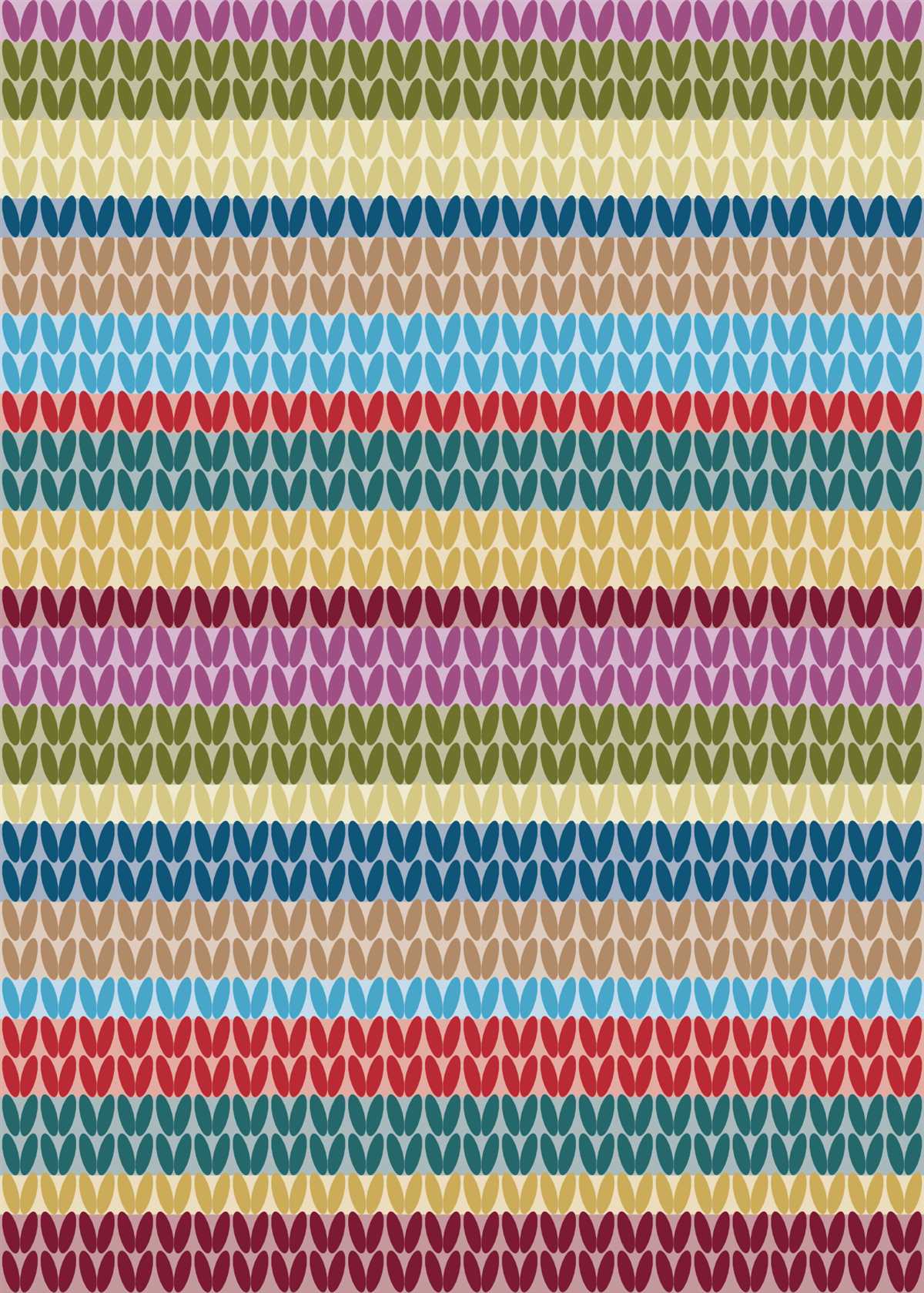
The Cozy Knit Shop, a small local business, started by selling handmade knit accessories. However, they soon realized that their customers loved the unique designs of their products and wanted to create their own. So, they decided to sell their knitting patterns online. The business began offering a variety of knitting patterns for scarves, hats, and mittens. The popularity of their patterns grew rapidly, and they started earning a significant income from the digital sales. The success of their pattern sales even allowed them to expand their business by opening a physical store.
2. Knitwear Fashion Brand
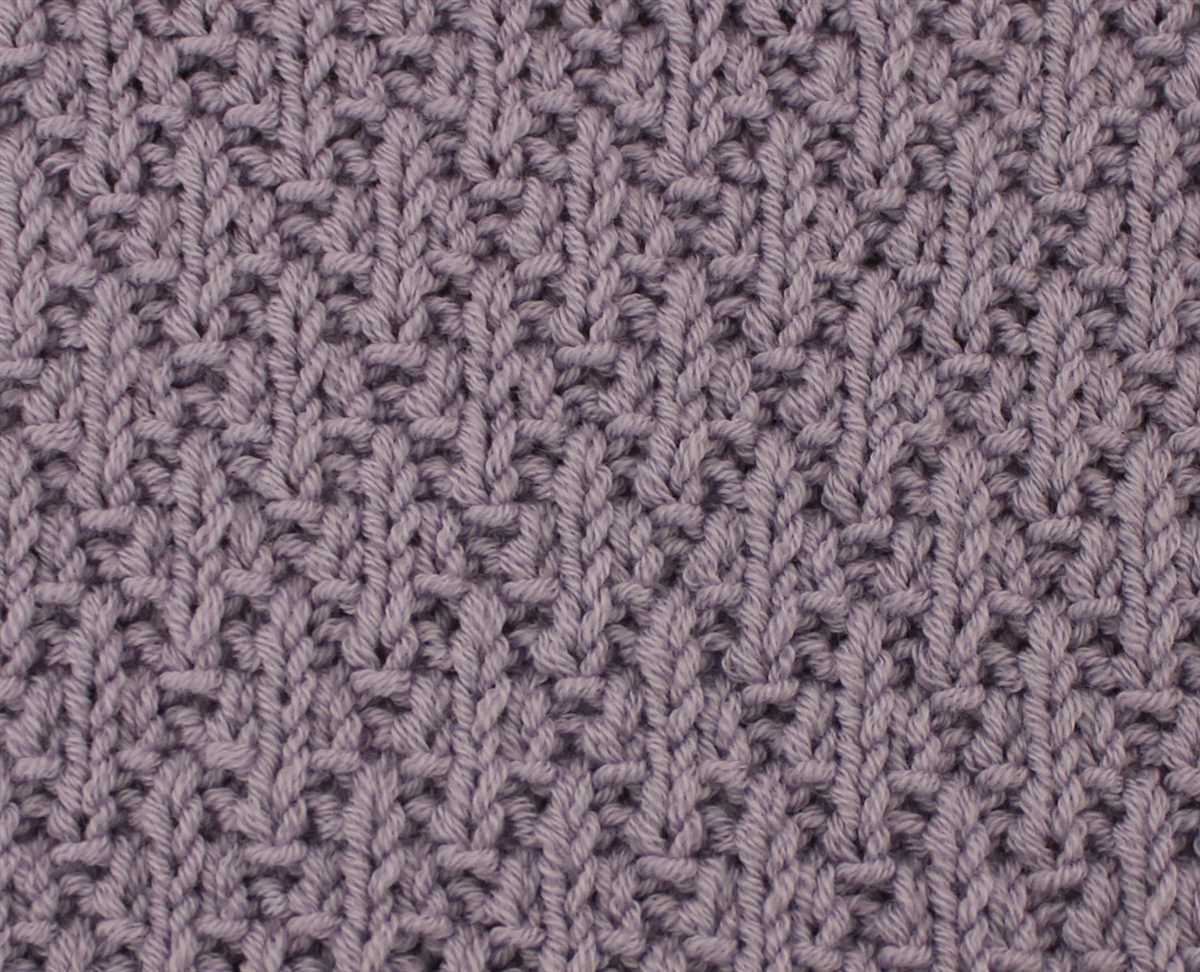
A well-known knitwear fashion brand used knitting patterns as a way to engage with their customers and promote their products. They offered free knitting patterns on their website, allowing customers to recreate their signature designs. This not only generated interest in their brand but also created a dedicated community of knitters who shared their creations on social media. The brand saw a significant increase in sales as customers wanted to own the original pieces but also wanted to try their hand at knitting them.
3. Eco-friendly Knitwear Startup
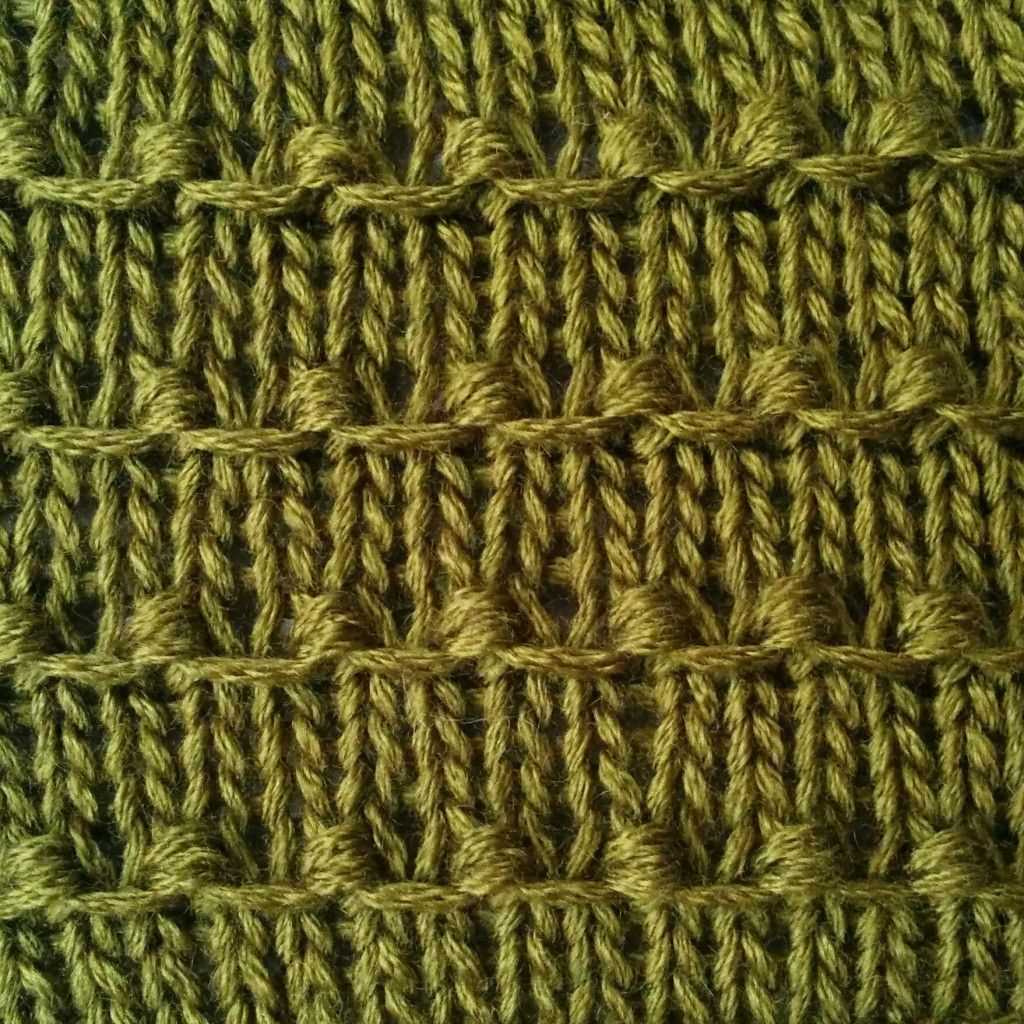
An eco-friendly knitwear startup used knitting patterns to promote sustainable and ethical fashion. They not only sold their finished products but also offered knitting patterns as a way for customers to create their own eco-friendly knitwear. This approach resonated with environmentally conscious consumers who wanted to reduce their carbon footprint. The knitting patterns became popular, and the startup was able to build a community of like-minded individuals who shared their passion for sustainable fashion. This led to increased sales and brand loyalty.
These success stories highlight the potential of using knitting patterns for commercial purposes. Whether it’s selling patterns directly or using them as a marketing tool, businesses can leverage the popularity of knitting to create profitable ventures.